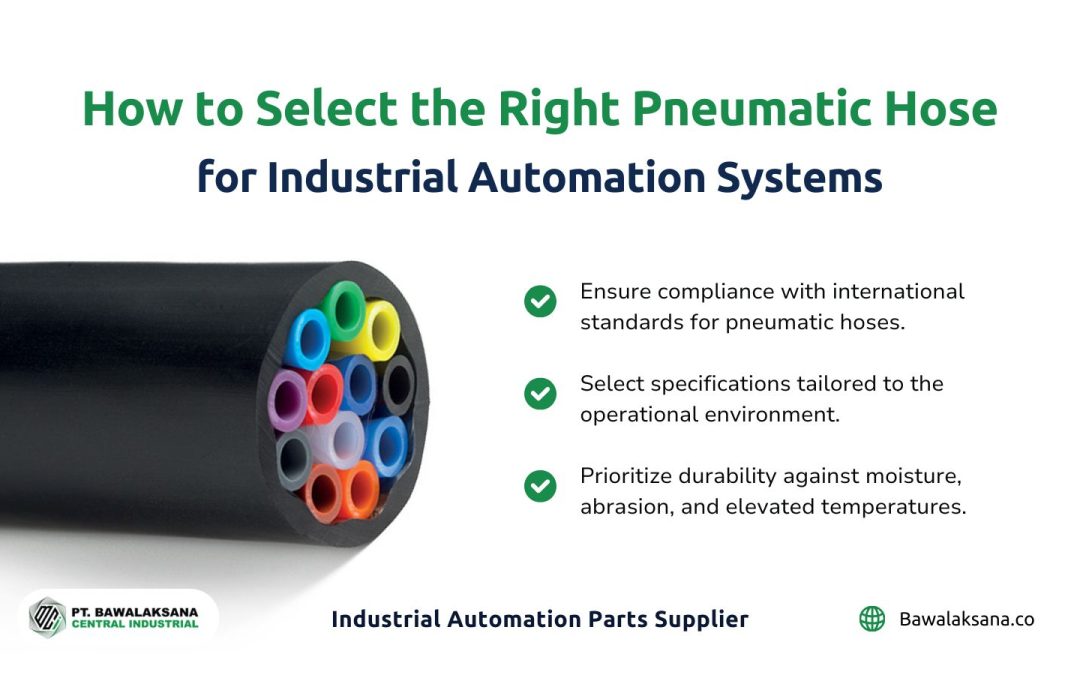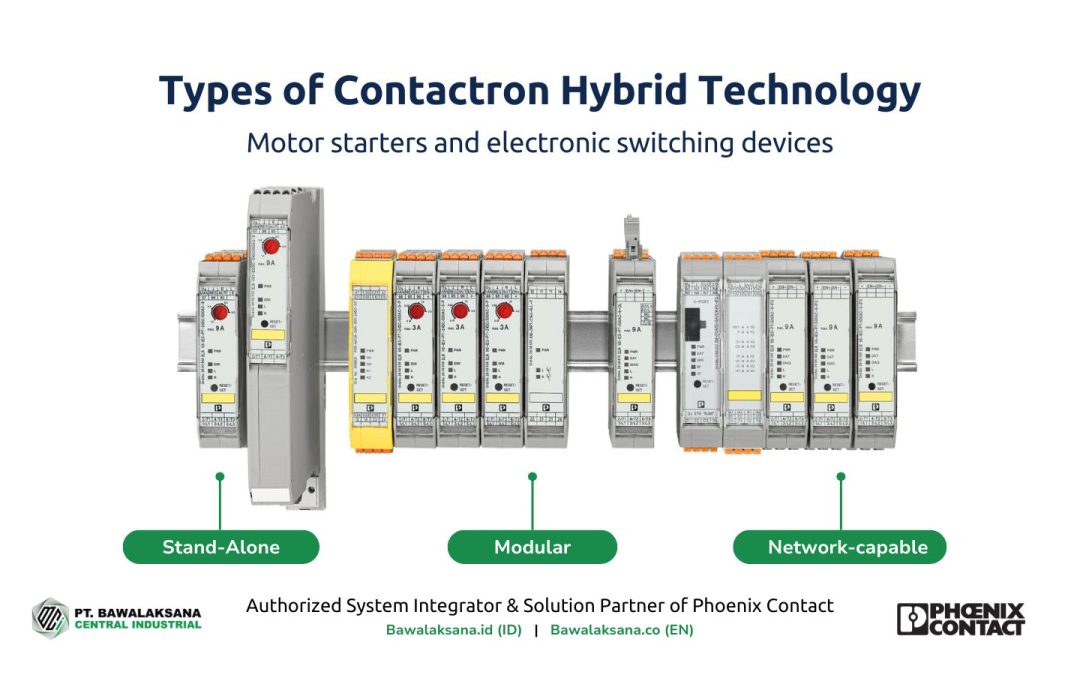The main difference between RO and LLDPE hoses lies in the durability and material used. LLDPE hose has good tensile strength, not easy to crack and break. This hose can be used for more demanding industrial environments with high durability.
RO hoses are specifically designed for use in reverse osmosis (RO) water systems. And actually, LLDPE hose can be one of the best choices for RO drinking water production systems, given its many advantages.
Disclaimer: Each vendor may have different standards and quality for RO and LLDPE hose types.
The Importance of Choosing the Right Hose for Drinking Water
In the drinking water industry, choosing the right hose material is very important. The hose serves as a channel that drains water from one point to another for the filtration system.
Therefore, the characteristics and properties of the hose must match the application needs in the water purification industry for optimal system performance.
Two types of hoses commonly used in RO (Reverse Osmosis) or water purification systems are RO hose and LLDPE (Linear Low Density Polyethylene) hose.
Although both are made of plastic, there are significant differences in terms of their properties and applications.
For your information, a good drinking water hose can at least meet high and internationally recognized standards. For example, it already has FDA and CE Reg certificates. 10/2011.
In this article, the Bawalaksana.id team will discuss in depth the difference between RO hose and LLDPE hose.
What is LLDPE Hose?
LLDPE (Linear Low Density Polyethylene) hose is a type of plastic hose made of polyethylene with low density and linear structure. Compared to ordinary LDPE (Low Density Polyethylene), LLDPE has good tensile strength, not easy to tear and good bending resistance.
In addition, LLDPE also has good chemical, pressure and temperature resistance. (Read: Food Grade Pneumatic Hose for Food and Beverage Industry).
Characteristics of LLDPE Hose
- Flexibility: LLDPE hoses are quite flexible and stiffer than LDPE hoses. The bending radius for this hose depends on the diameter and wall thickness of the hose.
- Chemical Resistance: Resistant to most chemicals, including acids, bases and organic solvents.
- Operating Temperature Range: Can be used in a temperature range of -40°C to 60°C (depending on the manufacturer).
- Pressure Resistance: Able to withstand pressures of 6-30 BAR (87-435 Psi), depending on hose diameter and wall thickness.
- Food Safety: LLDPE hoses are safe for food and beverage applications (food-grade), but this also depends on the certification of the manufacturer.
LLDPE Hose Application
LLDPE hoses can be used for various industrial applications including drinking water:
- Industrial and household drinking water distribution system
- Reverse osmosis (RO) system
- Water purification system
- Hydroponics and aquaponics systems
- Industrial automation
- Machine tools
- Vacuum
What is an RO Hose?
RO hose is a type of hose specifically designed for use in Reverse Osmosis (RO) systems.
An RO system is a water purification process that uses pressure to force water through a semi-permeable membrane, thus separating contaminants such as salts, bacteria and other dissolved substances from the water.
RO Hose Characteristics
- High Pressure Resistance: RO hoses must be able to withstand the high pressure generated by the reverse osmosis system, typically between 60-100 Psi (4-7 BAR).
- Chemical Resistance: The hose is required to be able to withstand chemicals or exhausts from the RO system such as chlorine or and anti-bacterial agents.
- Food Safety: RO hose material must be safe for contact with drinking water (food-grade).
- Heat Resistance: Able to withstand high water temperatures, up to 60°C.
- Resistance to Pressure: In the RO process, of course, high pressure is used, therefore a rigid type of hose is required so that it does not break or crack easily.
RO Hose Application
RO hoses are used specifically in Reverse Osmosis systems such as water purification systems found in:
- Household
- Industry
- For medical and laboratory use
Difference between LLDPE Hose and RO Hose
In conclusion, the main differences between RO and LLDPE hoses lie in the applications, characteristics and materials used.
LLDPE hoses can be widely used either for industrial automation systems or for water purification. Meanwhile, RO hoses are made specifically for use in Reverse Osmosis devices only.
And actually LLDPE hoses can also be used as RO hoses given their high standards.
LLDPE hose has good resistance to pressure, high temperature and cracking resistance.
In general, LLDPE hoses sold in the market already meet FDA standards or other certificates for the drinking water industry.
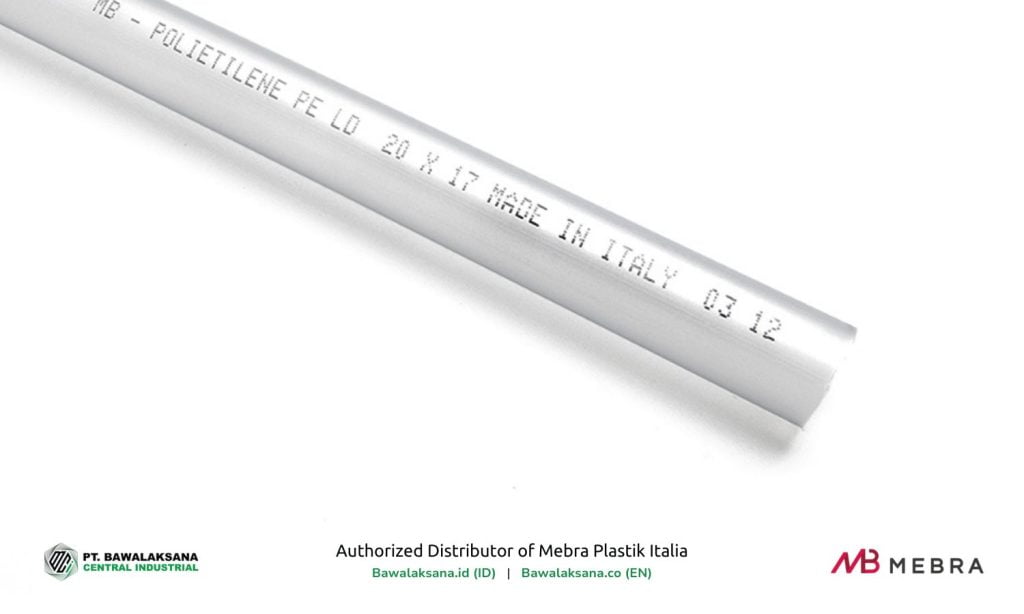
One of the best LLDPE hoses that can be used for RO systems is the LLDPE hose from Mebra Plastics Italy. These hoses meet high industry standards including the FDA.
In fact, hoses from Mebra Plastik Italia provide a wide selection of colors and sizes that can be tailored to your needs.
PT. Bawalaksana Central Industrial is an authorized distributor for Mebra Plastik Italy that can supply various types of high quality industrial hoses or tubing.
If you are interested in knowing more about the ranges of application of Mebra Plastik Italia products, please contact us now by clicking the button below.

Romanta Pinrih Linuwih
Pneumatic Automation Systems Expert
This article was written in collaboration with Romanta Pinrih Linuwih, an expert in Pneumatic Automation Systems, to ensure accuracy and high quality insights.
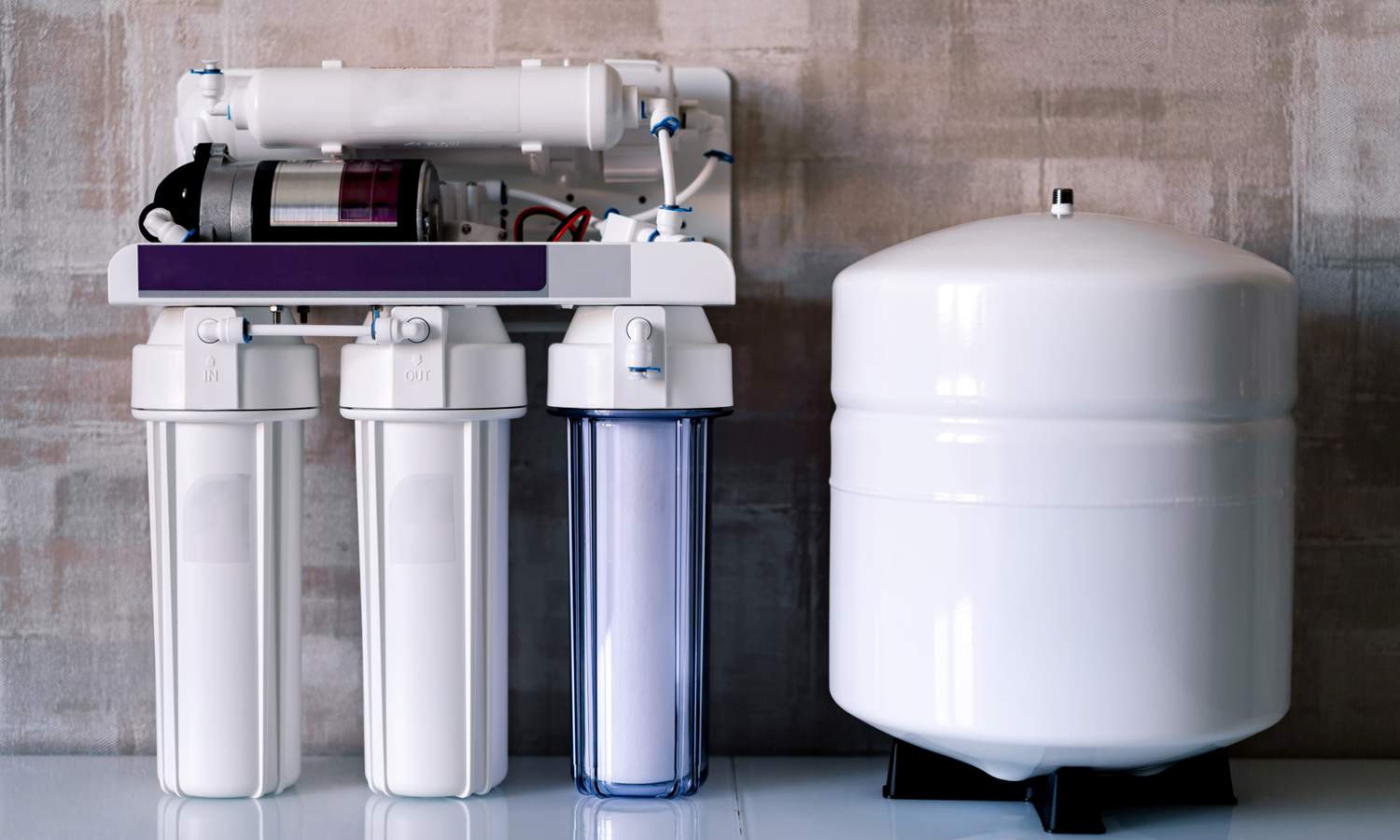

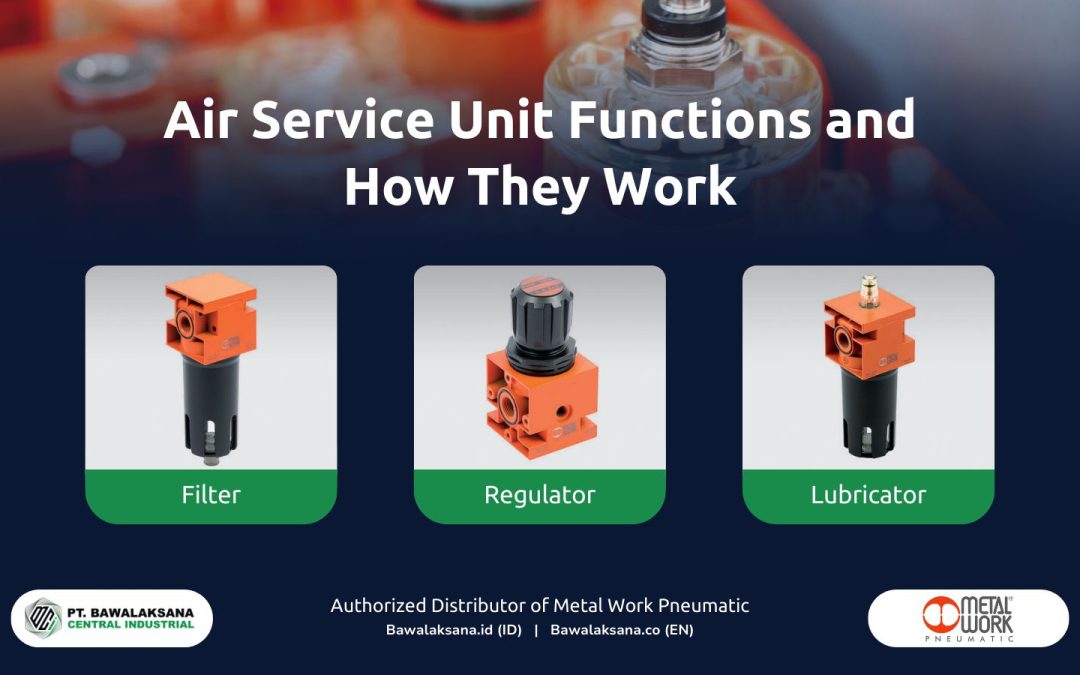
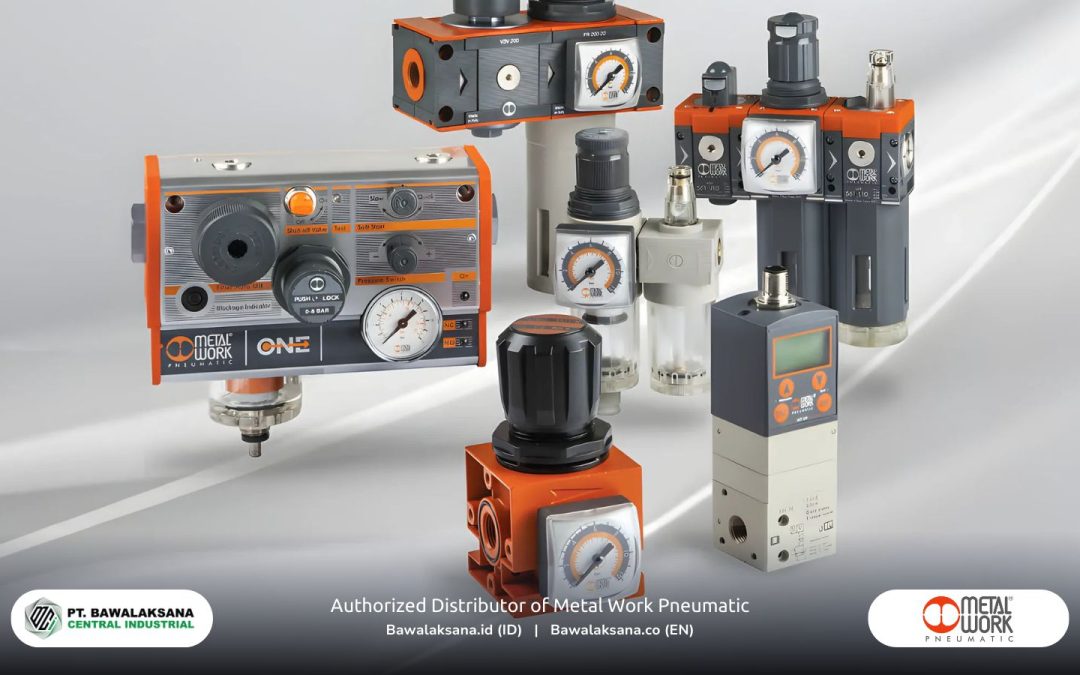
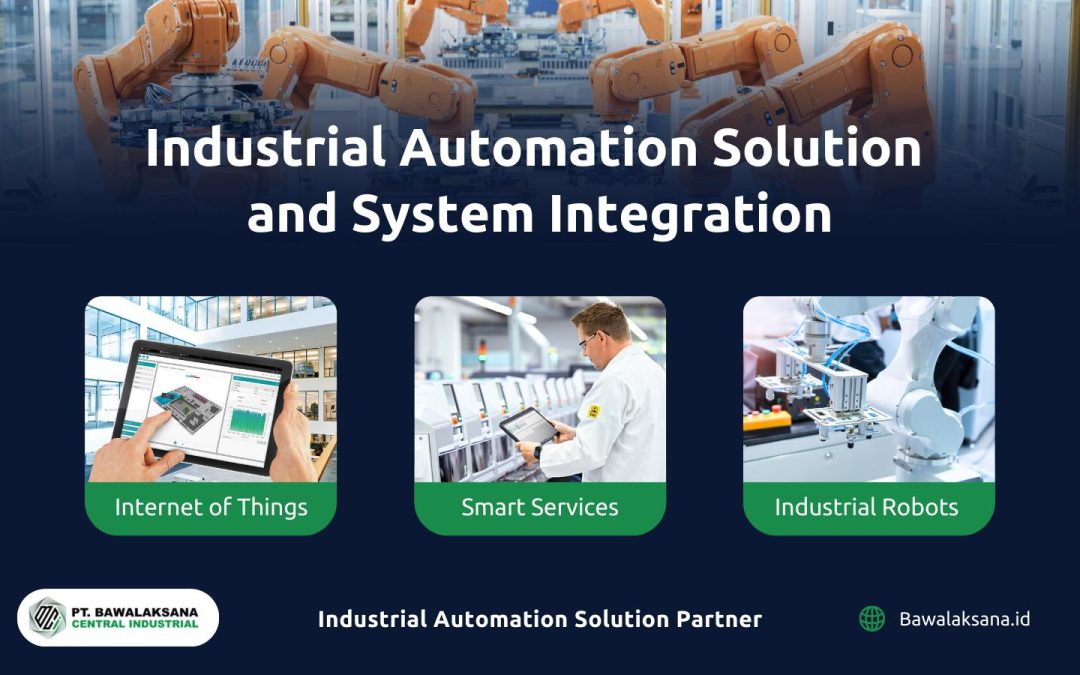
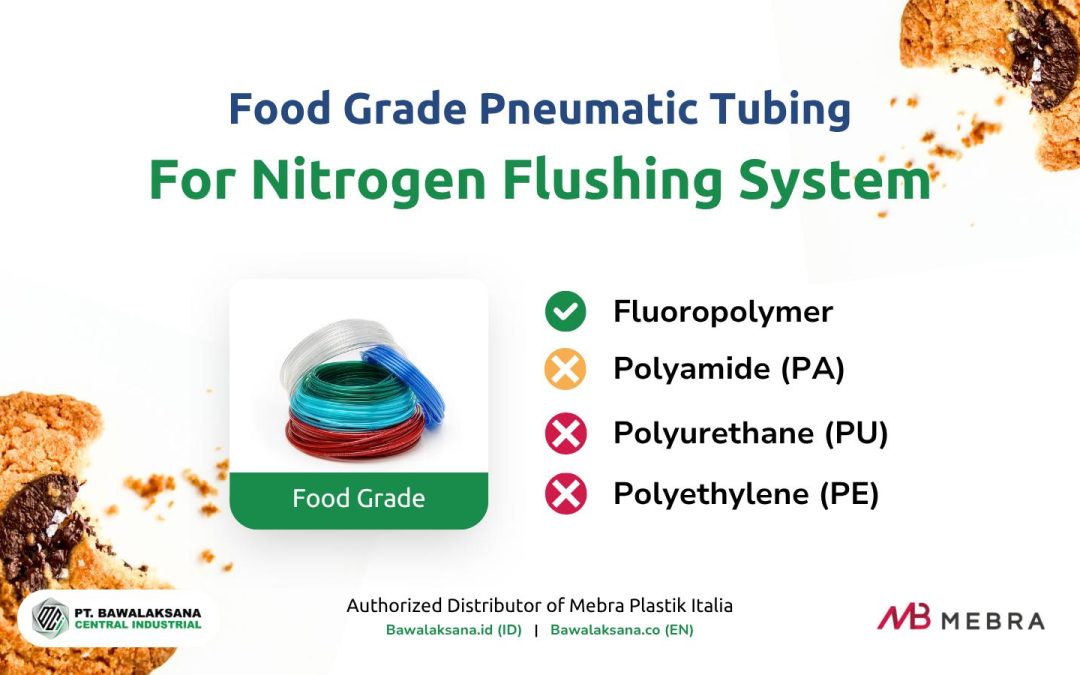
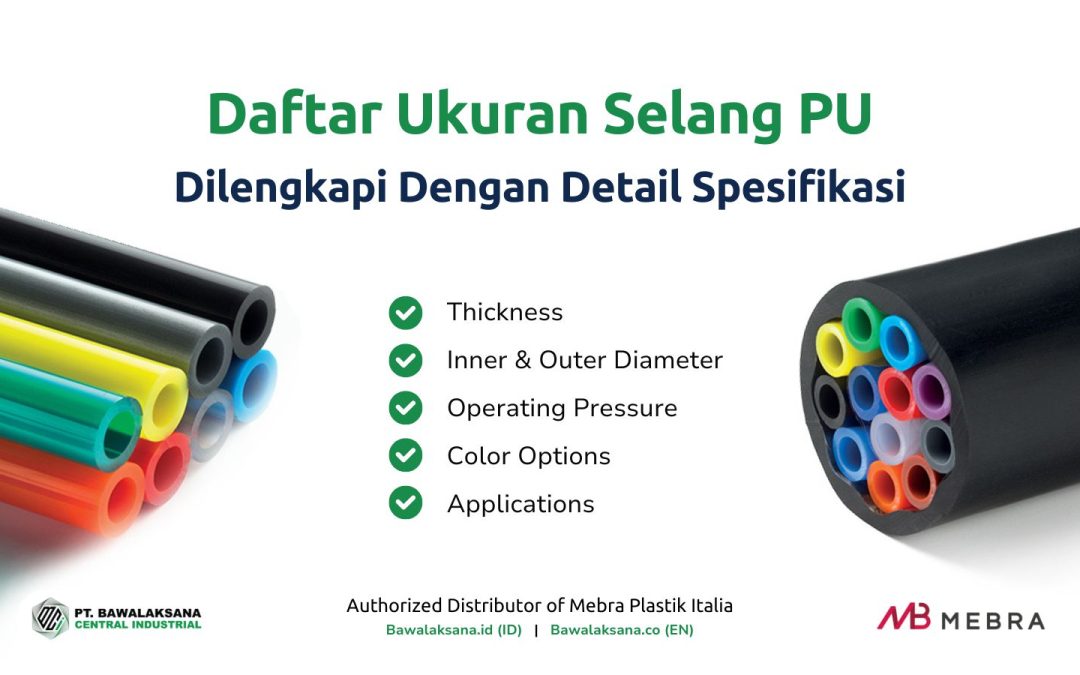

![10+ Examples of Pneumatic Tools in Daily Life and Industry [2025]](https://bawalaksana.co/wp-content/uploads/2025/05/Sandblasting-large-diameter-pipes-to-remove-surface-contaminants-1080x675.jpg)
